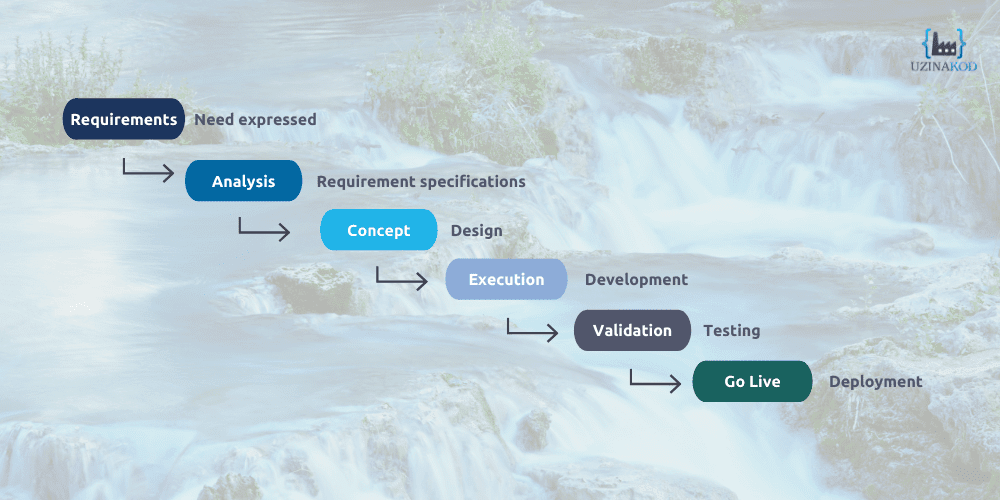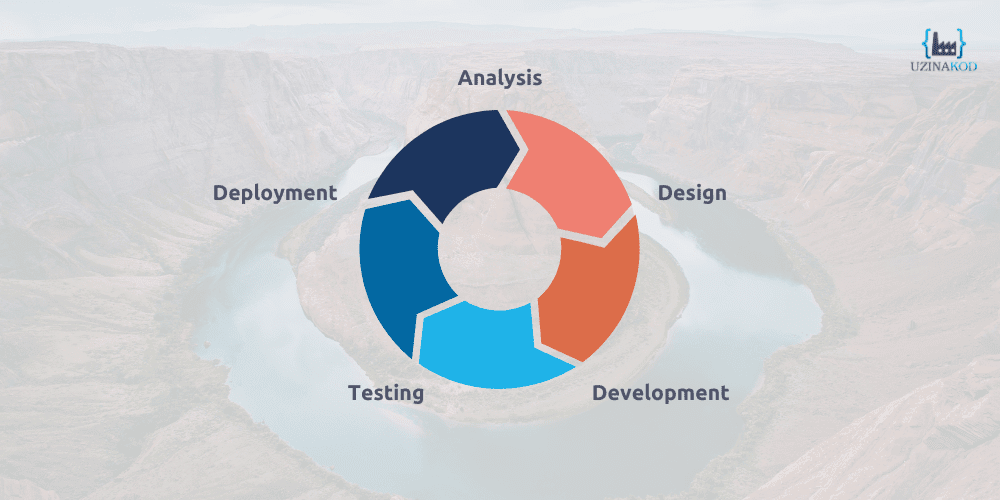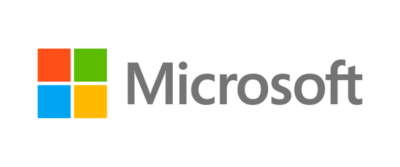Project management in IT development is an important issue in many companies. In software development, the Waterfall model has been used since the 1970s.
From the early 1980s-1990s, the term Agile was already being used as a transformation concept in companies. Iterative methods started being applied, for example the rapid application development method. Since 2001, Agile software development has continued to develop according to the Agile Manifesto.
At Uzinakod, we work alongside you in your project, and we propose doing so by implementing Agile framework.
What Is the Difference between the Waterfall Model and the Agile Approach?
The Waterfall model has been used for many years, and is based on a precise project cycle:

- Each phase cannot start until the team validates the preceding phase.
- This Waterfall model was criticized because it was not flexible enough to correct or go back to previous steps. The model therefore evolved towards the V-cycle, in order to reinforce validation of the product right up to presenting it to the customer.
- The risk of this approach is that the features may no longer correspond to the customer’s needs by the time the product is presented. This can be a problem when developing mobile applications if the team is not proactive enough about customer and user expectations.
The Agile approach appeared in the 1980s and 1990s to compensate for this lack of flexibility that some people encountered using the Waterfall method on certain projects. It is best summed up by the values of the Agile Manifesto (2001):
Individuals and interactions over processes and tools
Working software over comprehensive documentation
Customer collaboration over contract negotiation
Responding to change over following a planWe recognize the value of the latter, but focus on the former.

Agililty allows for shorter development cycles with regular reprioritization, and enables an idea to be transformed into a product more quickly than the Waterfall method. It is more popular for developing websites or applications.
Agile approaches and methods cover numerous frameworks and practices: Scrum, Lean, Feature Driven Development, Agile Unified Process, and so on.
Why Uzinakod Takes the Agile Approach Instead of the Waterfall Method
We develop custom websites and applications. We are more flexible to change our clients’ priorities and see if the results match your expectations. Shorter iterations let us adapt to your environment and your availability to manage the project. We deliver features in each iteration instead of an entire product that does not meet your needs.
With the Waterfall method, the scope, timeframe and budget are elements that are difficult to change. Using the Agile approach, we focus more on delivering value in collaboration with our client. Communication is more fluid within the project. The project team is no longer just there for development, but integrates other stakeholders such as the customer’s Product Owner, who has a central role (see the article Product Owner, the Project’s Compass if you want to know more).
When we are developing a mobile application for a new product, the client obviously wants to be able to use it on the market quickly. Simply changing a mobile application display, for instance, takes longer to implement in Waterfall mode: change request, approval of the request, and then development. In Agile mode, the story will have to be described and the technical solution discussed, prioritized, and developed. A constraining process like Waterfall isn’t suited to creating a different display mode. Agile offers flexibility according to the type of product and requests being developed.
For more information on how we work beside you on your projects, you can consult the article On the Way to a New Project, which will give you an overview of our project management approach.




